We are counting on YOU to direct our mission!
0 Comments
What to do with your dinosaur cookie cutters!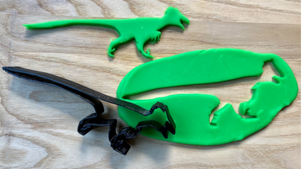 Normally, I'm not a fan of "cookie cutter" education. But using cookie cutters in new and novel ways is a whole different situation! Of course you can print and use our dinosaur cookie cutters to create delicious dinosaur cookies (perhaps to celebrate your publication at the end of the mission), but here are some other ways to use these very simple to print files!
Skill building with comics!
Now, before sharing the full comic in print or video form, present three or four cards to sequence. (I suggest starting with the middle row.) Have your readers and pre-readers describe the action in each scene to justify the order they selected. Talking about why they placed each picture as they did is a great way to build language skills! Add in more cards to increase the challenge. Finally, reveal the full comic and check those predictions. Yay!!!
Curious about critters?While we are here to investigate our hypothesis, there are all sorts of interesting things to investigate. We wish we could look for everything, but we need our research team to make some hard decisions. Which of these three critters should we spend a little extra time trying to find next week while we look for fossils? Discuss and vote!
Building Memory CapacityThis week's tip works for all ages and reading levels! Our comic can be useful for building both long term and working memory. To follow the story over time, students rely on long term memory to recall what happened in last week's installment. Working memory helps students follow the story as they read it. They need to remember the last word they read or the last action that happened while thinking about the next word or action. Try these strategies to build both types of memory!
Looking for more literacy tips? Check out last week's blog post!
We're counting on YOU to direct our mission!
Distance Learning Help!
How do I begin?!?I've spent my summer talking with teachers from coast to coast and the one thing pretty much EVERYONE has is common is that this first day of school will be like no other. I get a lot of questions about how to get started with Go2Science and what the schedule "should" look like. The good news is we designed Go2Science to be adaptable so you can vary its content and pacing to fit YOUR needs! In fact, with so much going on this fall, an asynchronous first mission might be a great way to take off a bit of pressure.
Some schools are planning to use Go2Science content on their remote learning days and may stretch out the mission to last 12 weeks, showing one field video a week and doing that video's related lessons. We love their ingenuity! What's in a mission?
What's a "Live Mission?"The mission you see when you first log in is always the "featured" or "live mission." Right now, that's Mission: Dinosaur! It is the only mission that will have active livestream and vote features. We'll share live mission materials with you over a six week span but they will remain available all school year. You may also choose to do older missions (available by clicking the down arrow next to the missions tab at the top of the page--see below). There will always be six visible missions with the live mission in the upper left. As we share new live missions, the mission in the lower left will cease to be available so plan accordingly. Note: If multiple grade levels are using Go2Science, consider all using the live mission (even asynchronously) as it helps build a positive school culture, prevents students from experiencing repeated missions (spoiling the illusion of being live), AND gives teachers the opportunity to share planning and prep through vertical teaming. Instructional strategies and tips for using comics in class!Our comics are a super fun way to hook readers! While the adventures involving our dog and cat are, of course, science fiction they are VERY heavy on science fact. Best of all, they model and support the spirit of inquiry! If you are new to our comic, click here to read the back story. There is even a pdf version you can share with families! Each mission has an adventure that unfolds over six episodes so you can build anticipation while exercising memory skills.
PreK: Encourage your pre-readers to make up their own words as they read the pictures to tell a story. If they have trouble getting started some simple questions can prime the pump. For example, look at panel 1 and ask, "What is Curiosity Cat doing?" "How do you think she feels?' If students answer with single word replies, model complete sentences. "Curiosity Cat is wearing her glasses. She's reading a big book about dinosaurs. She is very excited!" For this age group, I recommend printing hard copies of the little book format to support book handling skills. 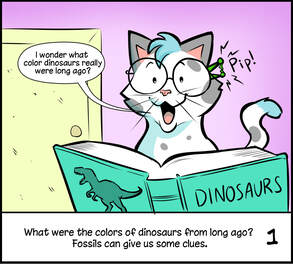 Kindergarten: Our sounds effects are geared towards supporting kindergarten reading skills. As students learn to connect sounds and symbols, empower them to use that beginning knowledge to read! Try these activities:
First Grade: Our speech bubbles provide a bit more challenge for early readers. While most of the dialog is comprised of common sight words or easy to decode text, there are some trickier words in there. Words like "dinosaur" and "curiosity" may not be typical grade level decodable words, but students will soon learn them as they'll be repeated throughout the adventure. Try this: project the comic on your white board. Have students indicate the words within the speech bubbles that are easy to read and cross them off. Next circle the remaining words. What strategies can they use to figure them out? Write each of these words on an index card and place a small picture cue next to it. Finally, erase all your marks and read through the panels together. Reference the tricky word cards you created as necessary. Second Grade: For many second graders, much of the comic will be easy to read but the texts boxes are most likely to be at their instructional level. Form mixed ability teams to read the various parts. One group can read Curiosity Cat's speech bubbles. Another will read Data Dog's thoughts and words. A third group will act as narrator reading the text boxes. Everyone can join in on the sound effects! These mixed ability choral reading groups can even take on a bit of a reader's theater feel with each group working on expressive reading.
|
Details
Meet Beth and Curtis!Presidential Award-Winning teacher and hula hoop fanatic, Beth loves bringing real world science to kids! Beth is fascinated by engineering challenges, technology, and outdoor learning spaces. After 25 years teaching kindergarten, she’s excited to share her passion and experience on-line with classrooms from around the world! Archives
May 2021
Categories
All
|
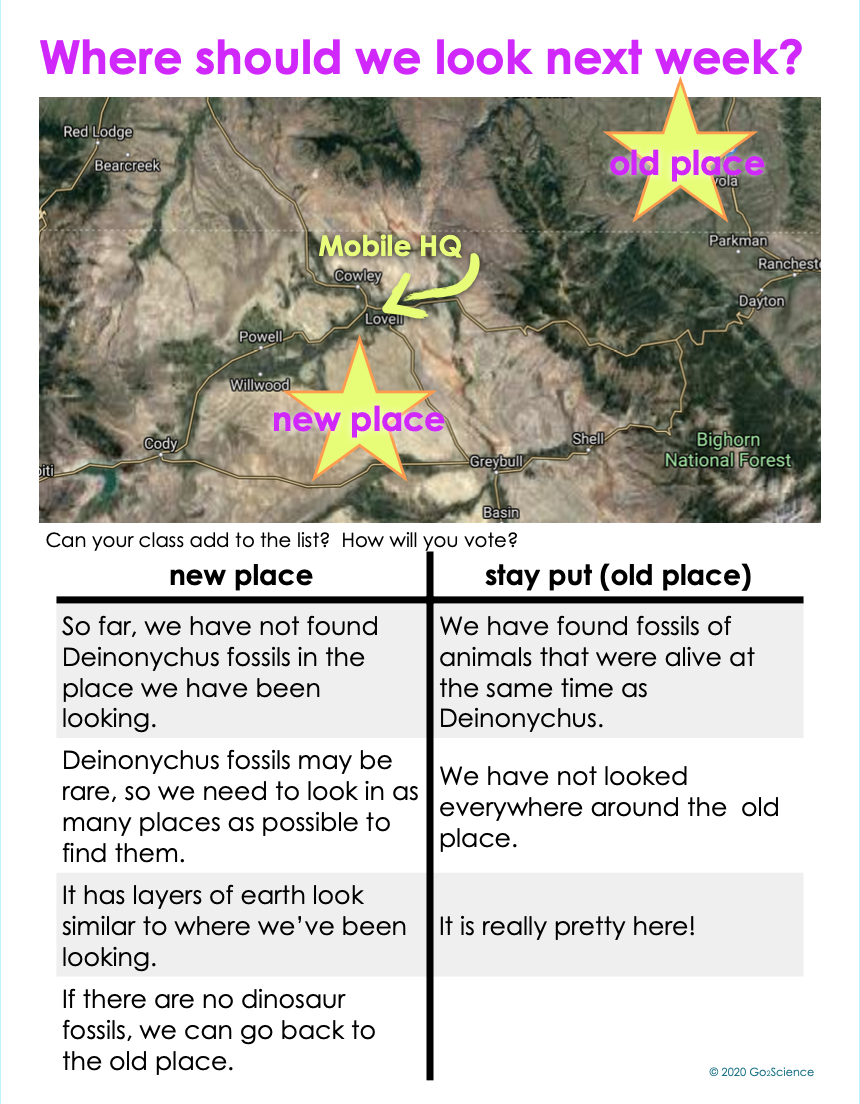
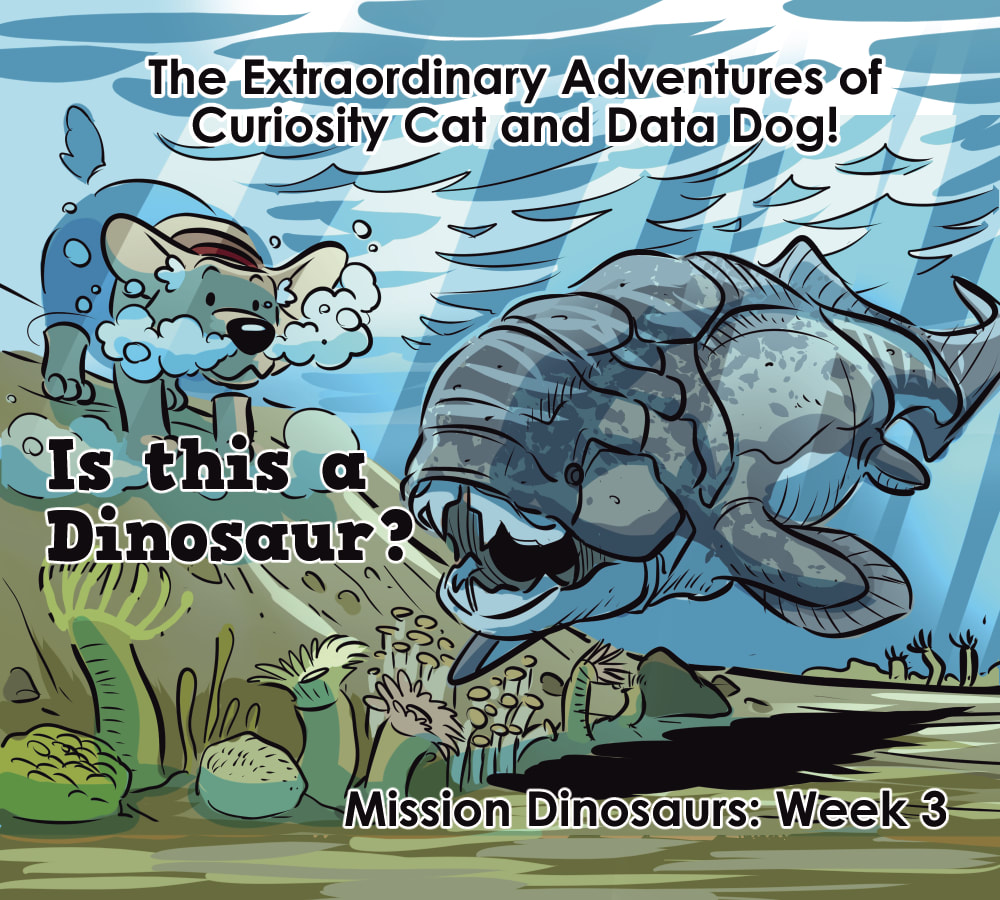
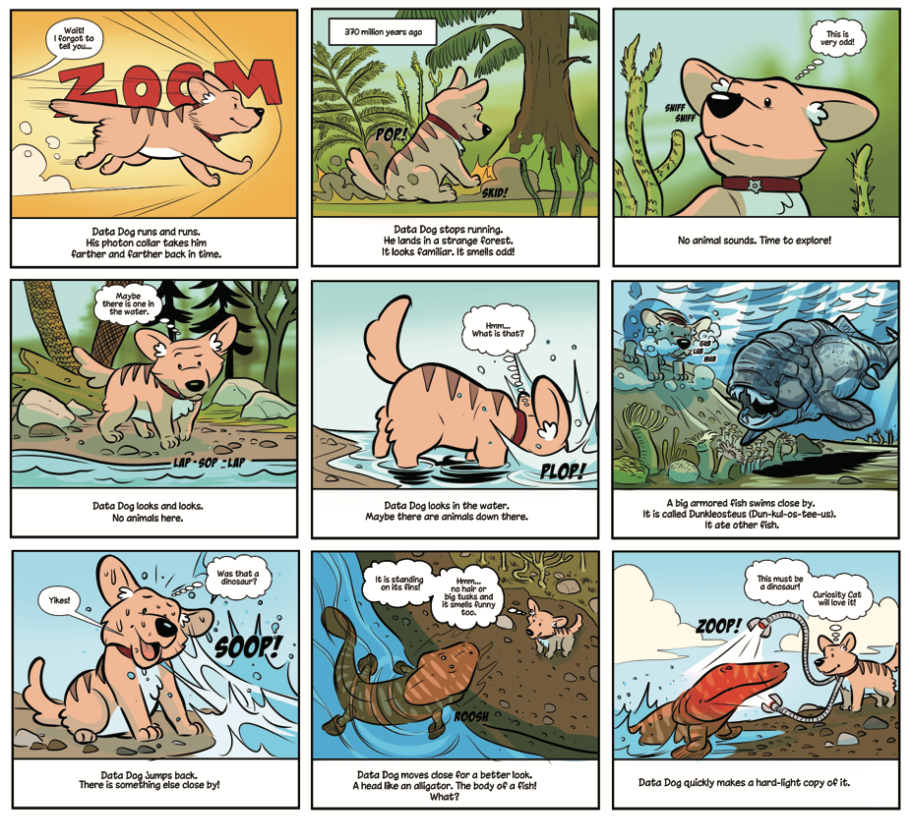
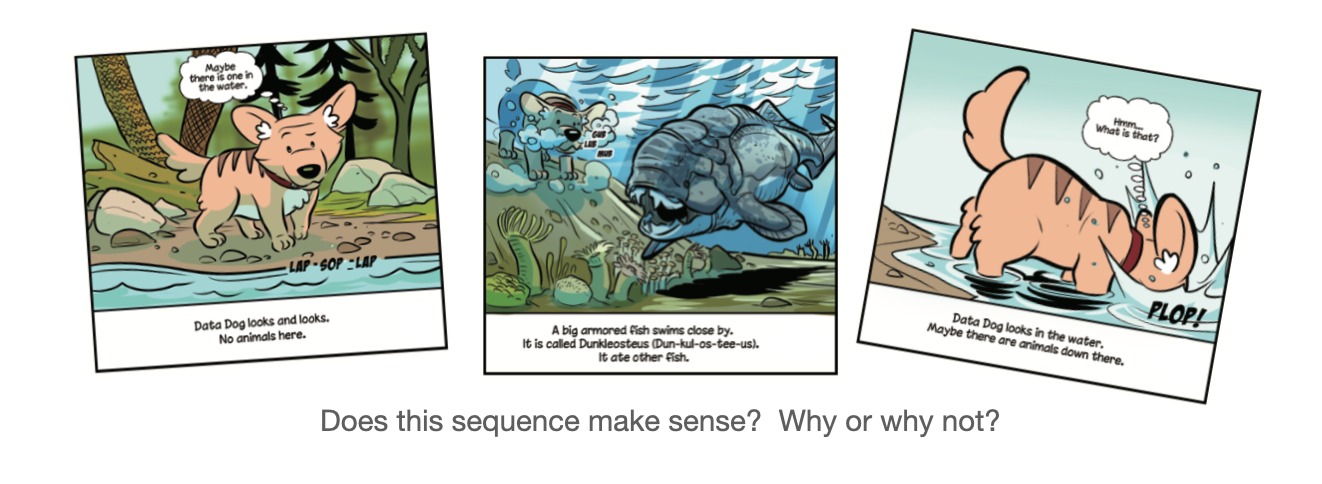
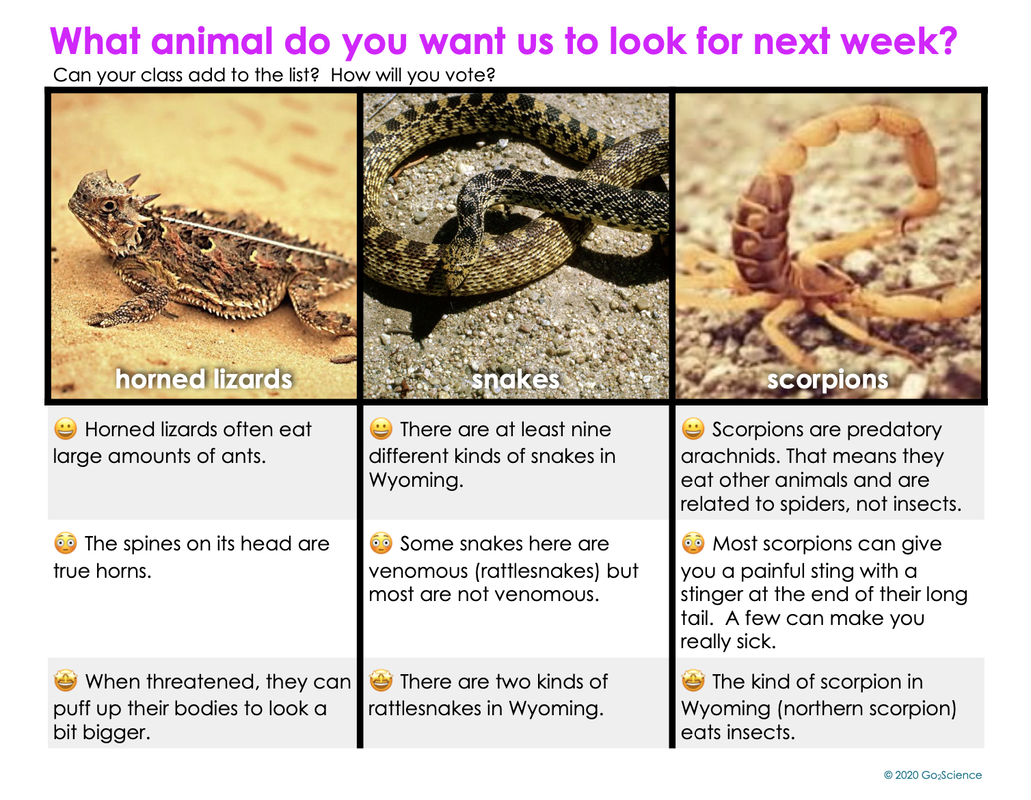
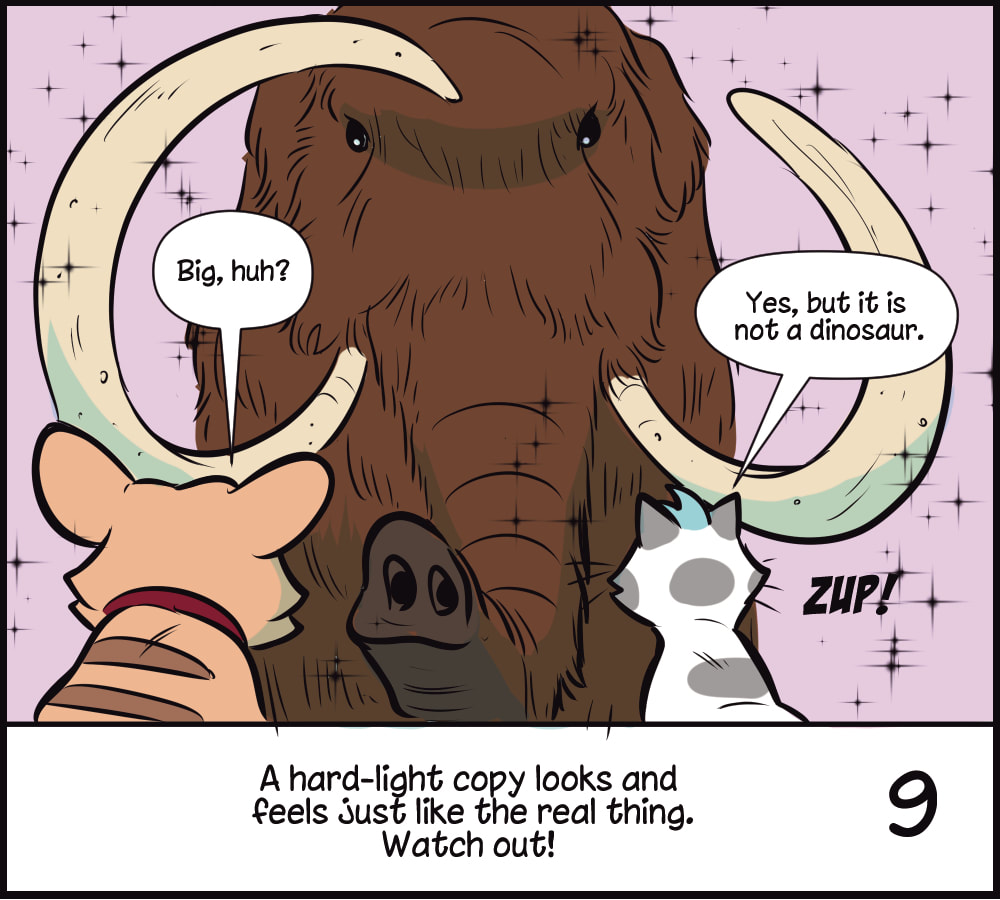
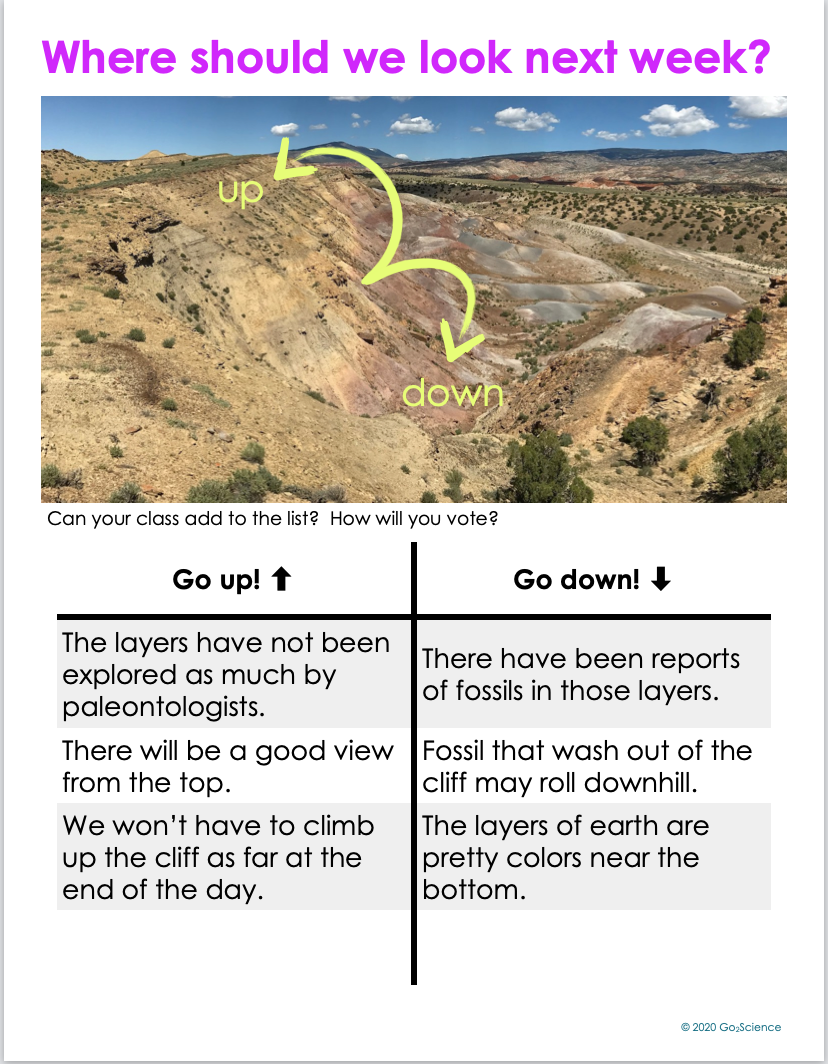
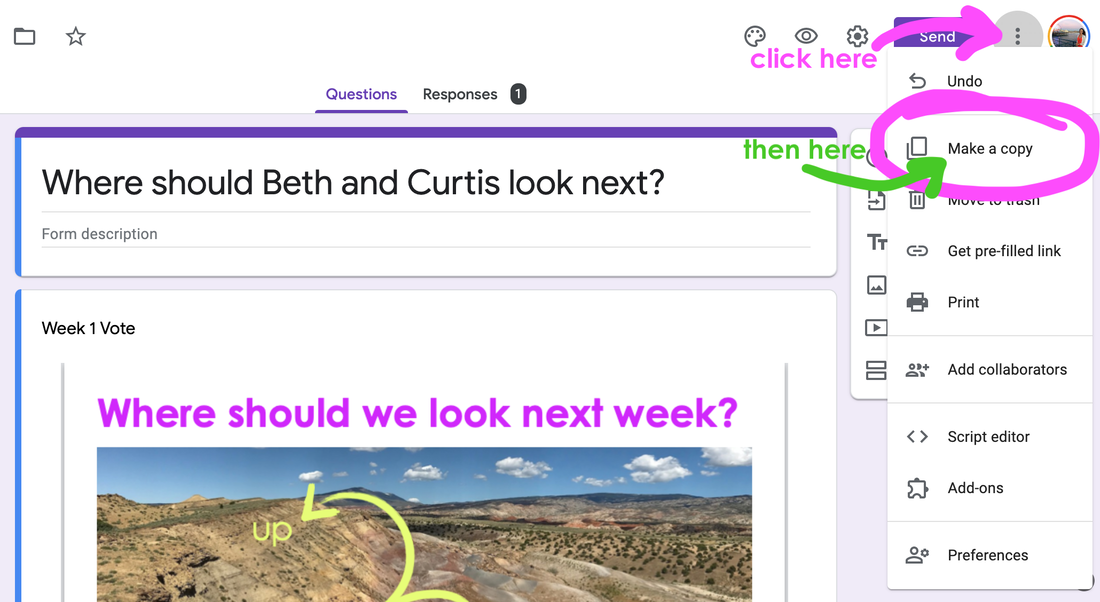
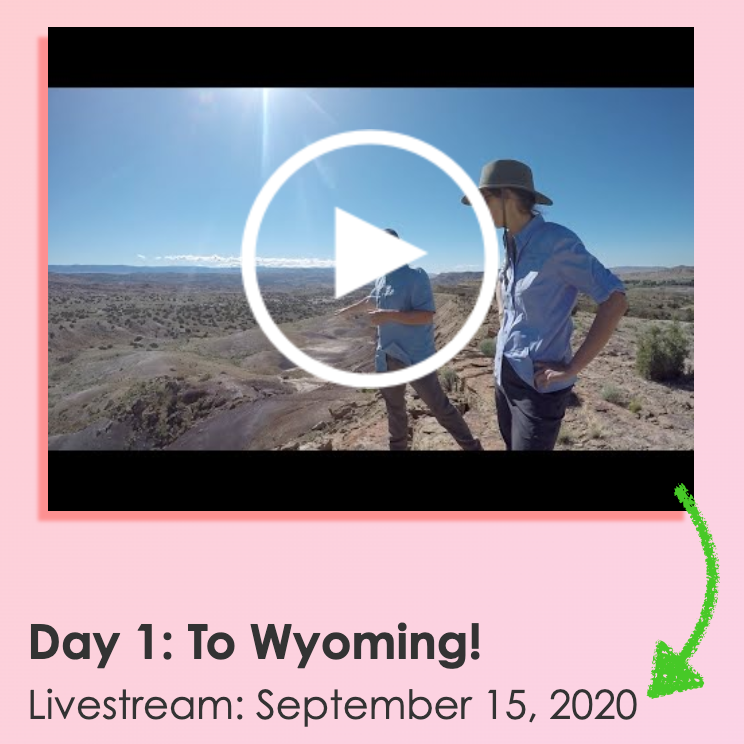
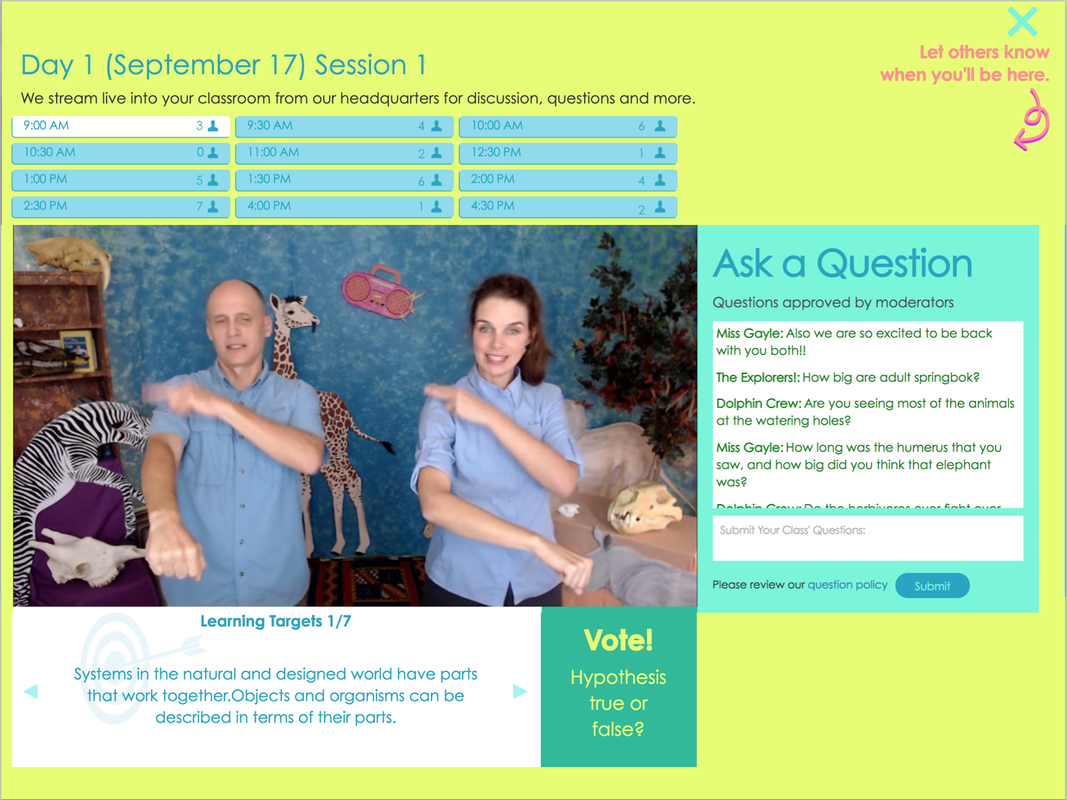

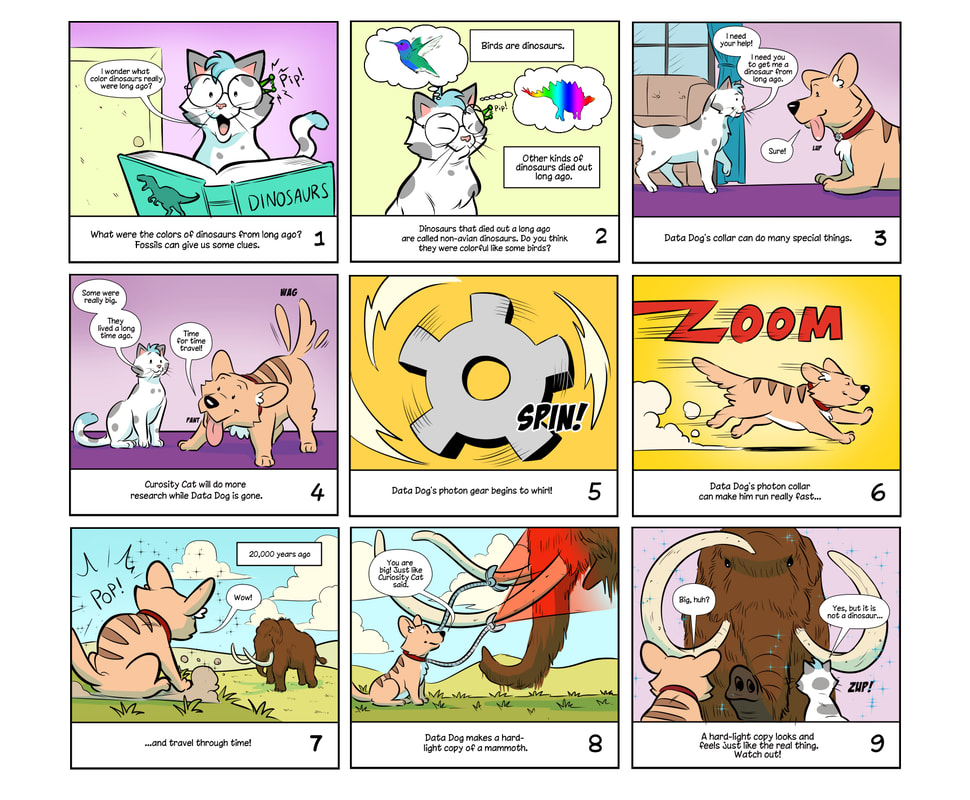
 RSS Feed
RSS Feed
